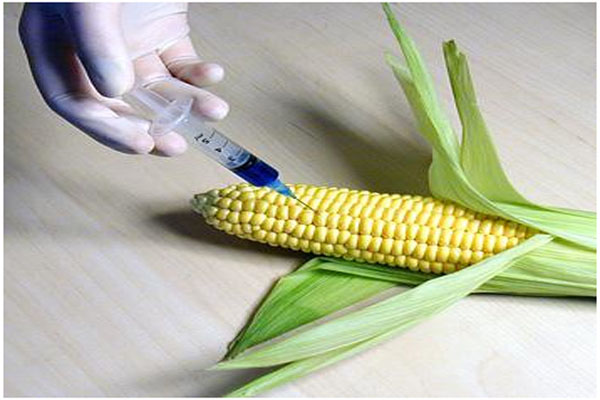Microinjection is a method that requires a direct injection of DNA into the nucleus of a cell with the aid of a very fine needle. This recombinant DNA absence the genes required for retroviral replication and assembly of viral particles. The target is commonly a living cell but may also include intercellular space. Microinjection being an easy and simple mechanical process, usually including an inverted microscope with an amplification power of around 200x (though sometimes it is performed using a cut-up stereo microscope at 40–50x or a traditional compound upstanding microscope at similar power to an inverted model).

For processes such as pronuclear (relating to either of a pair of gametic nuclei,) or cellular injection the target cell is placed under the microscope and two micromanipulators—one holding the pipette and one holding a micro-capillary needle usually between 0.5 and 5 µm in diameter (larger if injecting stem cells into an embryo)—are used to penetrate the cell membrane and/or the nuclear envelope. In this way, the process can be used to launch a vector into a single cell. In the study of cell biology and viruses, microinjection also can be used as cloning of organisms, and for treating male subfertility through intracytoplasmic sperm injection. In this process the scientists injects DNA molecules directly into male pronuclear. It inserts the manipulated fertilized ovum into the oviduct of a recipient female or fosters mother. This is the most popular technology, commercially available. Here are two basic types of microinjection systems. The first is called a pulsed flow system and the second is called a constant flow system.
History:
Microinjection is a biological process. This procedure began in the early 20th century. Even though the 1970s it was not commonly used. By the 1990s, its use had risen rapidly significantly and it is now considered a common laboratory technique.
Advantages of microinjection:
- The frequency of a stable combination of DNA is far better as compared to other methods.
- The DNA injected in the process is subjected to less extensive modifications.
- The method is effecting in transforming primary cells as well as cells in established cultures.
- Mere precise integration of the recombinant gene is a limited copy number can be obtained.
Disadvantages of microinjection:
- It’s a costly method.
- Skilled personal required.
- More useful for animal cells
- Knowledge of mating timing, oocyte recovery is essential.
Applications of microinjection:
- The process is applicable to plant cells as well as animal cells. But it is quite common for animal cells.
- The technique is very useful for producing transgenic animals quickly.
- Technique is important for gene transfer to embryonic cells.
- Applied to inject DNA into plant nuclei.